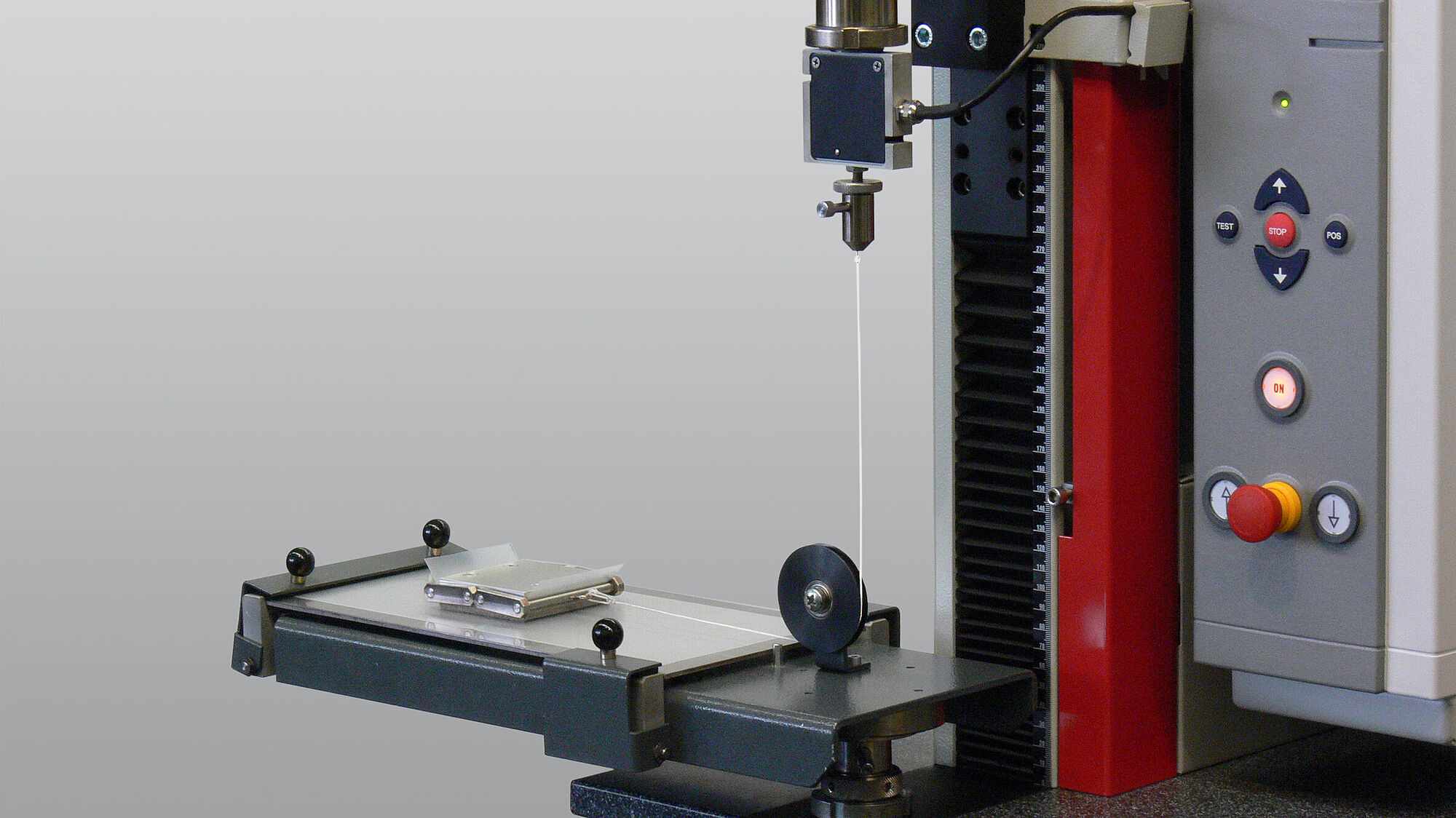Elevate Your Criteria: Introduction Quality in Material Testing Lab Providers
Wiki Article
Improvements in Material Screening Techniques: Insights From a Leading Material Screening Laboratory
You'll uncover just how non-destructive testing has developed, check out emerging innovations in product evaluation, and find out concerning unique strategies to evaluating material residential properties. By the end of this write-up, you'll have a far better understanding of the cutting-edge techniques being used in material screening research laboratories, encouraging you with the knowledge to make enlightened choices concerning the products you function with.Improvements in Non-Destructive Testing
In this short article, we will certainly discover the most up to date improvements in non-destructive screening techniques that have been originated by our leading product screening research laboratory. Non-destructive screening (NDT) plays an important duty in ensuring the integrity and high quality of products without causing any damages. With the consistent demand for even more efficient and accurate testing methods, our laboratory has been at the forefront of developing innovative techniques.One of the notable developments in NDT is using sophisticated imaging innovations. Our lab has effectively incorporated high-resolution imaging methods such as electronic radiography and computed tomography into the testing procedure. These strategies permit exact and comprehensive evaluations of internal frameworks and parts, supplying important insights right into any kind of prospective problems or weaknesses.
In addition, our research laboratory has also made substantial progression in the field of ultrasonic screening. By making use of cutting edge equipment and innovative signal handling algorithms, we have actually boosted the precision and reliability of ultrasonic screening techniques. This enables us to identify and examine even the tiniest defects or suspensions in materials, guaranteeing their integrity and safety and security.
Additionally, our laboratory has actually been actively looking into and executing innovative electromagnetic screening techniques. By using the power of electromagnetic waves, we have the ability to assess and assess the buildings of materials without straight contact. This non-contact method not only increases the rate and efficiency of screening but likewise minimizes the danger of damage to delicate components.
Emerging Technologies in Product Evaluation
Checking out arising modern technologies in product evaluation can provide important understandings right into the top quality and properties of materials. Spectroscopic techniques like infrared spectroscopy and Raman spectroscopy are widely used to identify chemical bonds and functional groups in organic and inorganic products.An additional arising modern technology in product evaluation is X-ray diffraction (XRD) XRD is an effective tool that can identify the crystal structure of a material, providing information about its atomic setup and crystalline stages. This strategy is specifically beneficial in the research study of minerals, steels, and ceramics, along with in the recognition of unknown substances.

Enhancing Precision and Precision in Examining
To improve the precision and accuracy this post in testing materials, you can utilize innovative strategies and methods. One efficient technique is the usage of automated testing systems. By following consistent approaches and standards, you can reduce variability and boost the precision and precision of testing throughout different laboratories and drivers.Unique Methods to Evaluating Product Qualities
Using advanced techniques and techniques, you can improve the evaluation of product buildings with innovative strategies. One such technique is using non-destructive screening methods. By using methods like ultrasonic screening, radiography, and thermal imaging, you can examine material buildings without triggering any kind of damage. This not just saves time and sources but additionally enables duplicated testing on the very same sample, making it possible for a more thorough understanding of the material's actions.One more unique approach is the consolidation of innovative computer system simulations. Through computational modeling and simulation, you can precisely anticipate material residential properties and behavior under different conditions. This enables you to enhance product layout and efficiency, leading to the development of much more effective and sturdy materials.
Additionally, making use of man-made knowledge and maker understanding formulas has actually changed product residential property analysis. These innovations can assess substantial quantities of information and determine patterns that might not appear to human onlookers. By training algorithms on huge datasets, you can produce anticipating models that properly approximate material residential properties based upon numerous input criteria.
In addition, microstructure evaluation strategies, such as electron microscopy and X-ray diffraction, provide important understandings into the inner framework of products (material testing lab). By taking a look at the arrangement of atoms and crystal flaws, you can gain a much deeper understanding of product buildings and their relationship with efficiency
Future Trends in Product Screening
By including arising innovations and methods, you can stay at the forefront of product screening improvements and successfully assess material residential or commercial properties for future applications. Material screening labs are now exploring means to examine the sustainability and recyclability of materials, ensuring that they fulfill the demands of a more eco-conscious culture. As product testing proceeds to develop, staying upgraded on these future patterns will certainly be vital for making sure the development of cutting-edge and trustworthy materials for various sectors.Verdict
In conclusion, the innovations in material testing strategies talked about in this short article highlight the continual efforts of view it now leading research laboratories to boost accuracy, accuracy, and efficiency in testing. Non-destructive screening approaches have actually arised as an important tool, while unique methods and arising technologies use brand-new possibilities for assessing material homes. material testing lab. As innovation remains to evolve, we can anticipate more advancements and future fads in material testing that will certainly drive innovation and improve our understanding of products
You'll uncover how non-destructive testing has actually advanced, explore emerging innovations in product evaluation, and learn about novel techniques Related Site to assessing product properties. By the end of this short article, you'll have a much better understanding of the sophisticated strategies being used in material testing laboratories, equipping you with the understanding to make educated choices regarding the products you function with.

Report this wiki page